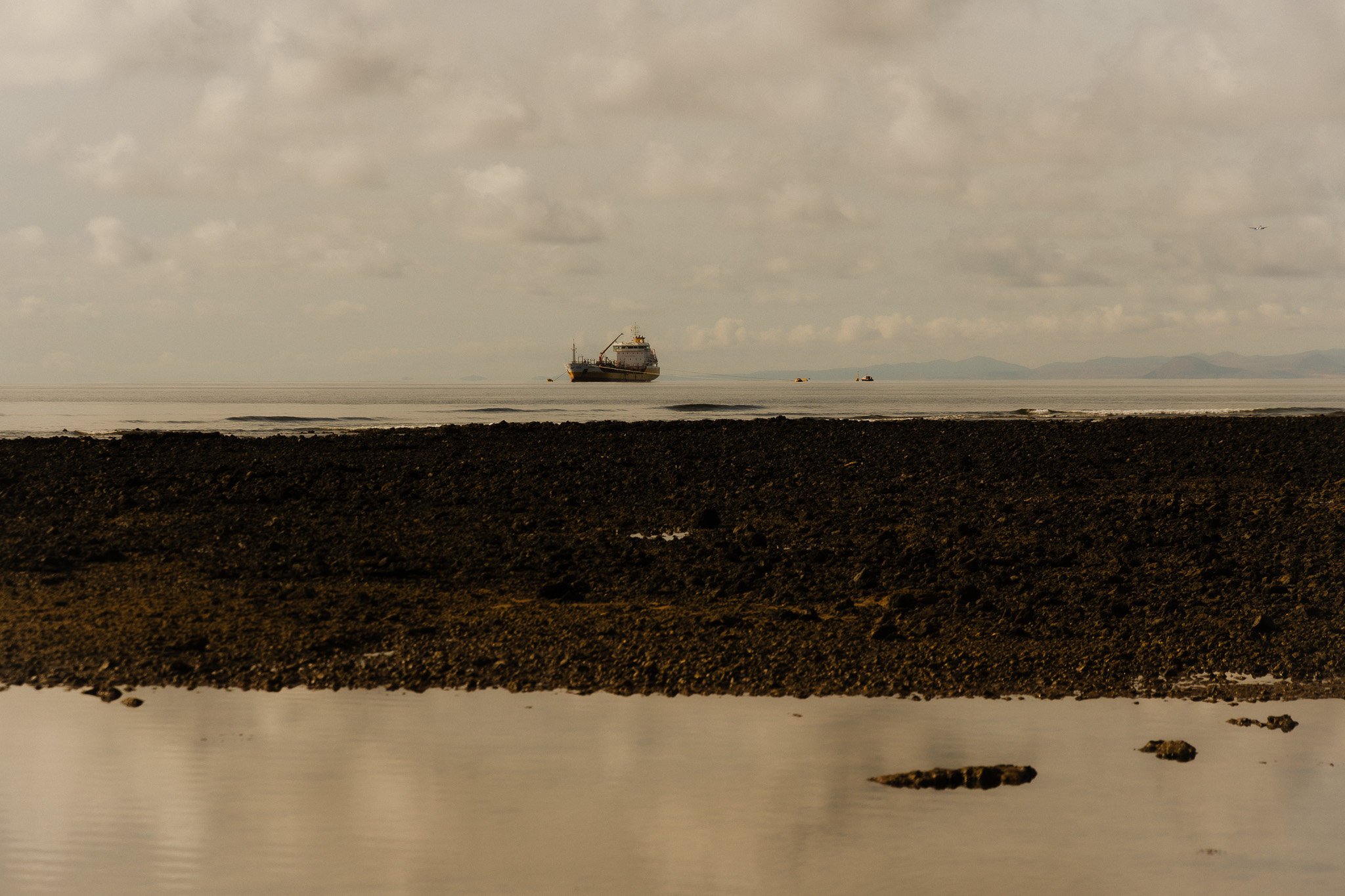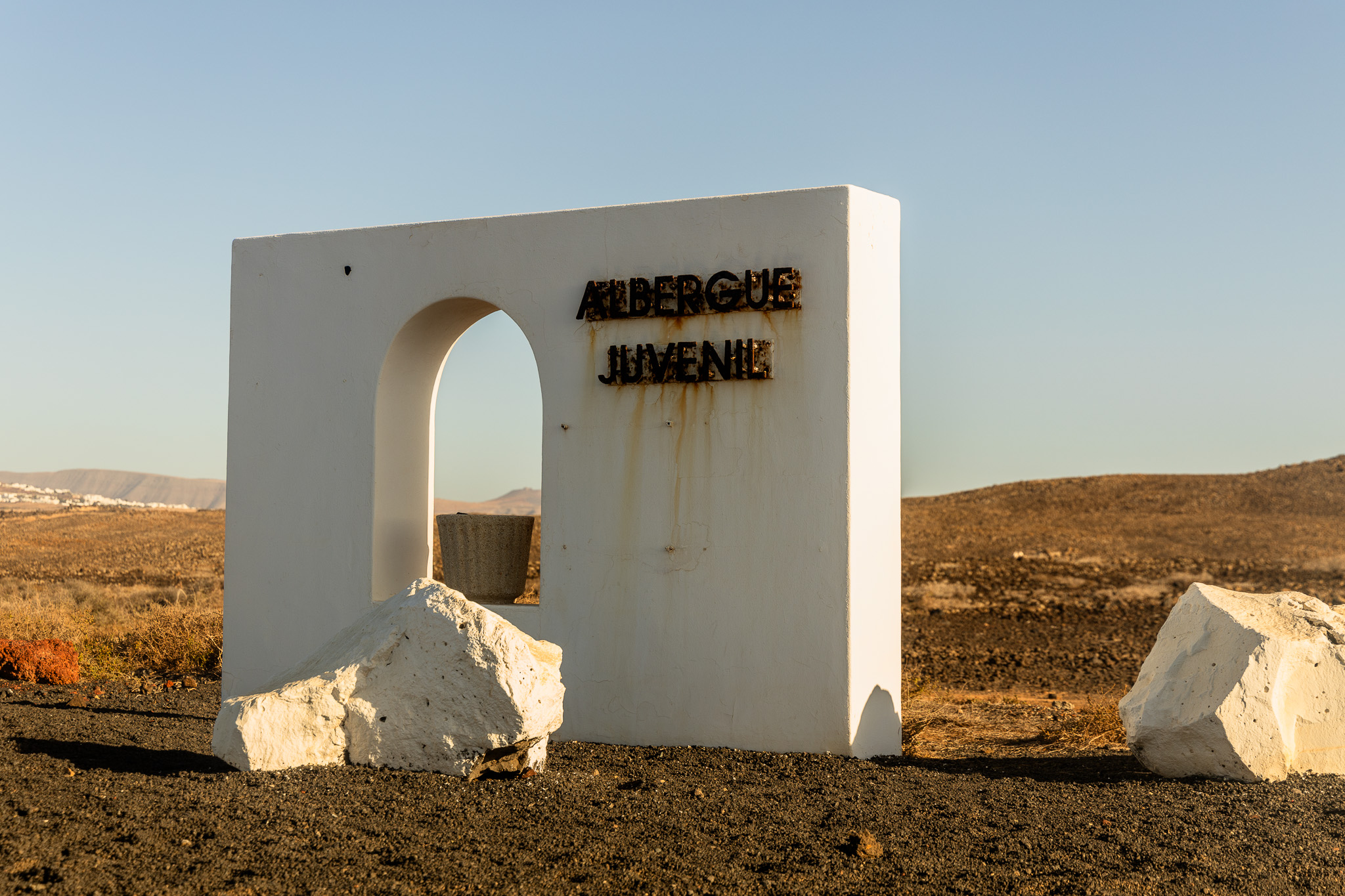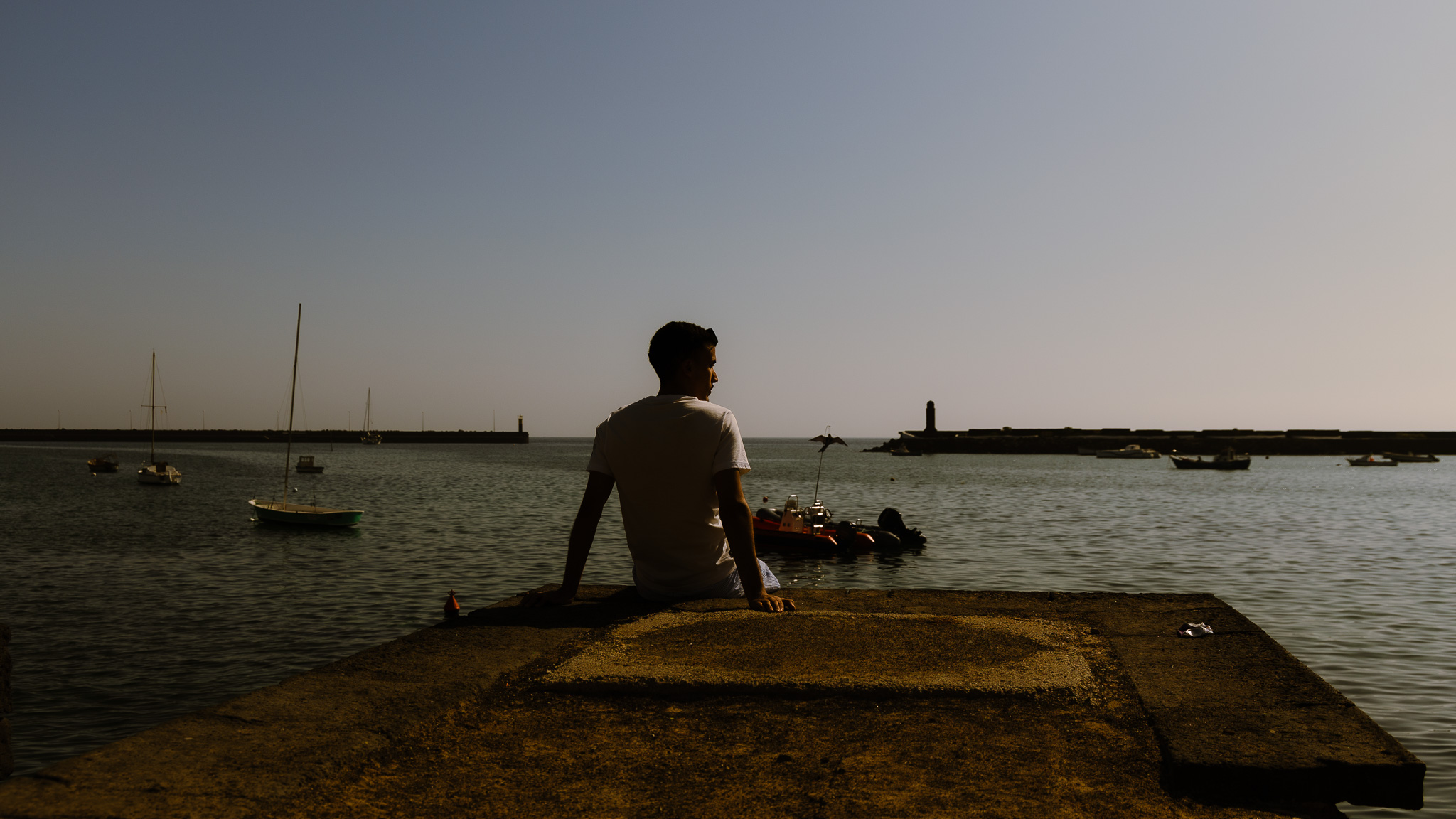Index
Info
“The Invisible Weight” On-going project, 2024 - 20**
A lens-based project that traces the climate crisis from the Sahel to Europe, focusing on the connection between environmental collapse and forced migration.
For years, I have been drawn to exploring the landscapes of North Africa and its surroundings, where the intricate relationship between people and the land is under constant strain. Forces like desertification, resource scarcity, and migration weave narratives of resilience and loss. These stories resonate deeply with me, shaped by my own experiences of migration, marginalization, and adaptation—from growing up in Venezuela to holding Spanish nationality. These layers of identity have provided me with a nuanced perspective on survival, allowing me to approach storytelling with both emotional depth and intellectual rigor.

The project follows a reverse migratory route—from Mauritania, Western Sahara, and Morocco to Lanzarote, one of Europe’s key arrival points and the project’s initial site of production. There, stories and bodies converge—lives shaped by environmental collapse, but not defined by it. This is not a story about suffering. It is a work that asks: What actions are being taken in the places people are forced to leave? What forms of climate intelligence already exist?


During my visit, I was welcomed into the home of Soufiane, a Sahrawi man adopted by a Spanish family at the age of six. Now 32, his perspective offered a glimpse into the complexities of identity and belonging in a place that exists at the crossroads of migration and settlement. Standing on the edge of his home, overlooking the ocean that connects and separates so many lives, I photographed the quiet resilience that defines his story.


The island itself bears the scars of these migrations. At La Santa Youth Hostel, now a vacant shell, I documented the echoes of a space once filled with the lives of unaccompanied minors. At the end of the island’s port, provisional tents housed migrants rescued at sea, their presence tightly controlled by authorities eager to shape the narrative. Access to these spaces was restricted, a silence enforced by political and social agendas.




The Voices of Migration: Stories of Resilience
The stark reality of migration was most vividly present in my conversations with Yousef and Aminata, two migrants whose journeys encapsulate the human cost of displacement.
The stark reality of migration was most vividly present in my conversations with Yousef and Aminata, two migrants whose journeys encapsulate the human cost of displacement.


Interview with Yousef, Arrecife, Lanzarote – October 2024
Yousef left at the age of 18. His journey began in Playa Blanca, where he boarded a small boat with 35 other people. The crossing to Lanzarote took three days, and they traveled through the night. Each passenger paid between €3,000 and €6,000 for the voyage, a sum that came with no guarantees of safety or arrival.
The journey was grueling. Their boat ran out of fuel near Fuerteventura, forcing them to navigate without a clear destination. Upon reaching Lanzarote, they were met with rejection and indifference. The local shelters refused to accept them, leaving the group to fend for themselves. Exhausted and afraid, the passengers avoided speaking or even looking at each other, burdened by the weight of their shared ordeal.
Now, a year and a half after arriving on the island, Yousef reflects on the losses and scars left by his journey. He recalls a cousin who didn’t survive the crossing from Senegal. While he prefers not to talk about his own suffering, he hints at the trauma of enduring blistering sunburns during the voyage and the harsh realities of life as a migrant. Despite these challenges, Yousef remains detached from the idea of integrating into his new environment. His experience speaks to a greater struggle of displacement, survival, and the invisible weight migrants carry long after their journeys end.
Yousef left at the age of 18. His journey began in Playa Blanca, where he boarded a small boat with 35 other people. The crossing to Lanzarote took three days, and they traveled through the night. Each passenger paid between €3,000 and €6,000 for the voyage, a sum that came with no guarantees of safety or arrival.
The journey was grueling. Their boat ran out of fuel near Fuerteventura, forcing them to navigate without a clear destination. Upon reaching Lanzarote, they were met with rejection and indifference. The local shelters refused to accept them, leaving the group to fend for themselves. Exhausted and afraid, the passengers avoided speaking or even looking at each other, burdened by the weight of their shared ordeal.
Now, a year and a half after arriving on the island, Yousef reflects on the losses and scars left by his journey. He recalls a cousin who didn’t survive the crossing from Senegal. While he prefers not to talk about his own suffering, he hints at the trauma of enduring blistering sunburns during the voyage and the harsh realities of life as a migrant. Despite these challenges, Yousef remains detached from the idea of integrating into his new environment. His experience speaks to a greater struggle of displacement, survival, and the invisible weight migrants carry long after their journeys end.


Interview with Aminata, Lanzarote – October 2024
Aminata, a 22-year-old migrant from Guelmim, Morocco, embarked on a perilous journey in December 2022. He left on December 31st from Madanabach, joining a group of fishermen who were organized into an informal association that facilitated crossings. Their journey was fraught with uncertainty, as the probability of safely reaching their destination was estimated at only 13%. Each passenger paid €3000 upon arrival.
His voyage lasted one day and one night, but the brevity of the journey didn’t lessen the physical and emotional toll. Aminata recalls that some people couldn’t continue due to the harsh conditions they endured. For him, the journey represents a duality: a moment of triumph in arriving alive and a heavy reminder of those who never made it.
Aminata’s story intertwines with thousands of others, highlighting a recurring theme of resilience and survival amidst the growing perils of migration. He currently resides in Lanzarote, adjusting to a life that feels both foreign and tenuous, reflecting the quiet persistence that underscores the weight of migration.
Aminata, a 22-year-old migrant from Guelmim, Morocco, embarked on a perilous journey in December 2022. He left on December 31st from Madanabach, joining a group of fishermen who were organized into an informal association that facilitated crossings. Their journey was fraught with uncertainty, as the probability of safely reaching their destination was estimated at only 13%. Each passenger paid €3000 upon arrival.
His voyage lasted one day and one night, but the brevity of the journey didn’t lessen the physical and emotional toll. Aminata recalls that some people couldn’t continue due to the harsh conditions they endured. For him, the journey represents a duality: a moment of triumph in arriving alive and a heavy reminder of those who never made it.
Aminata’s story intertwines with thousands of others, highlighting a recurring theme of resilience and survival amidst the growing perils of migration. He currently resides in Lanzarote, adjusting to a life that feels both foreign and tenuous, reflecting the quiet persistence that underscores the weight of migration.
A near-by crisis:
At the end of the island’s port, provisional tents have been erected for newly rescued migrants, offering only the most temporary relief. These installations are closely monitored, heavily guarded by police, and inaccessible to outsiders. The political narrative surrounding migration here is tightly controlled, with photography and documentation of these sites strictly forbidden. This suppression, a deliberate attempt to manage perceptions, adds to the tension between visibility and erasure—between stories that need to be told and the powers that wish to silence them.
At the end of the island’s port, provisional tents have been erected for newly rescued migrants, offering only the most temporary relief. These installations are closely monitored, heavily guarded by police, and inaccessible to outsiders. The political narrative surrounding migration here is tightly controlled, with photography and documentation of these sites strictly forbidden. This suppression, a deliberate attempt to manage perceptions, adds to the tension between visibility and erasure—between stories that need to be told and the powers that wish to silence them.






Through photography, interviews, and reflection, The Invisible Weight seeks to unravel these complexities. In documenting the resilience of individuals and the landscapes they traverse, I aim to challenge the traditional notions of beauty, creating a space for empathy and understanding in a world often indifferent to the weight of these invisible journeys.